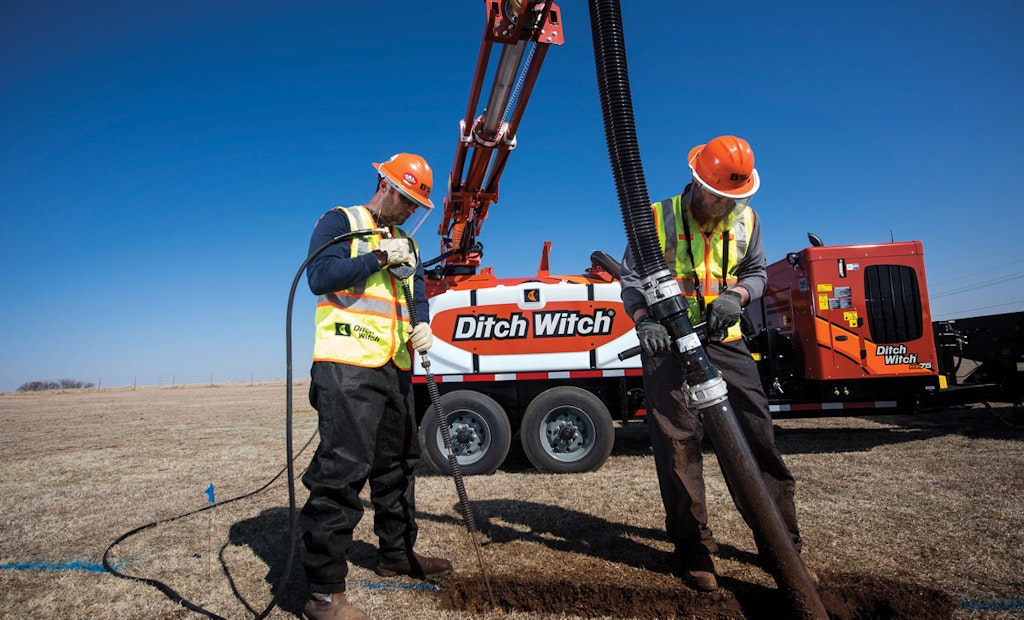
Vacuum excavators — both hydroexcavators and air excavators — are versatile machines that can improve a contractor’s efficiency when used correctly. The best way for contractors to set themselves up for success is to understand and follow best practices. (Photo courtesy of Ditch Witch)
Regardless of the application or job site, vacuum excavation operators know they have the versatile tool needed to get the job done. What was once originally popularized by their role in providing support on directional drilling jobs, vacuum excavators are now being used for...





